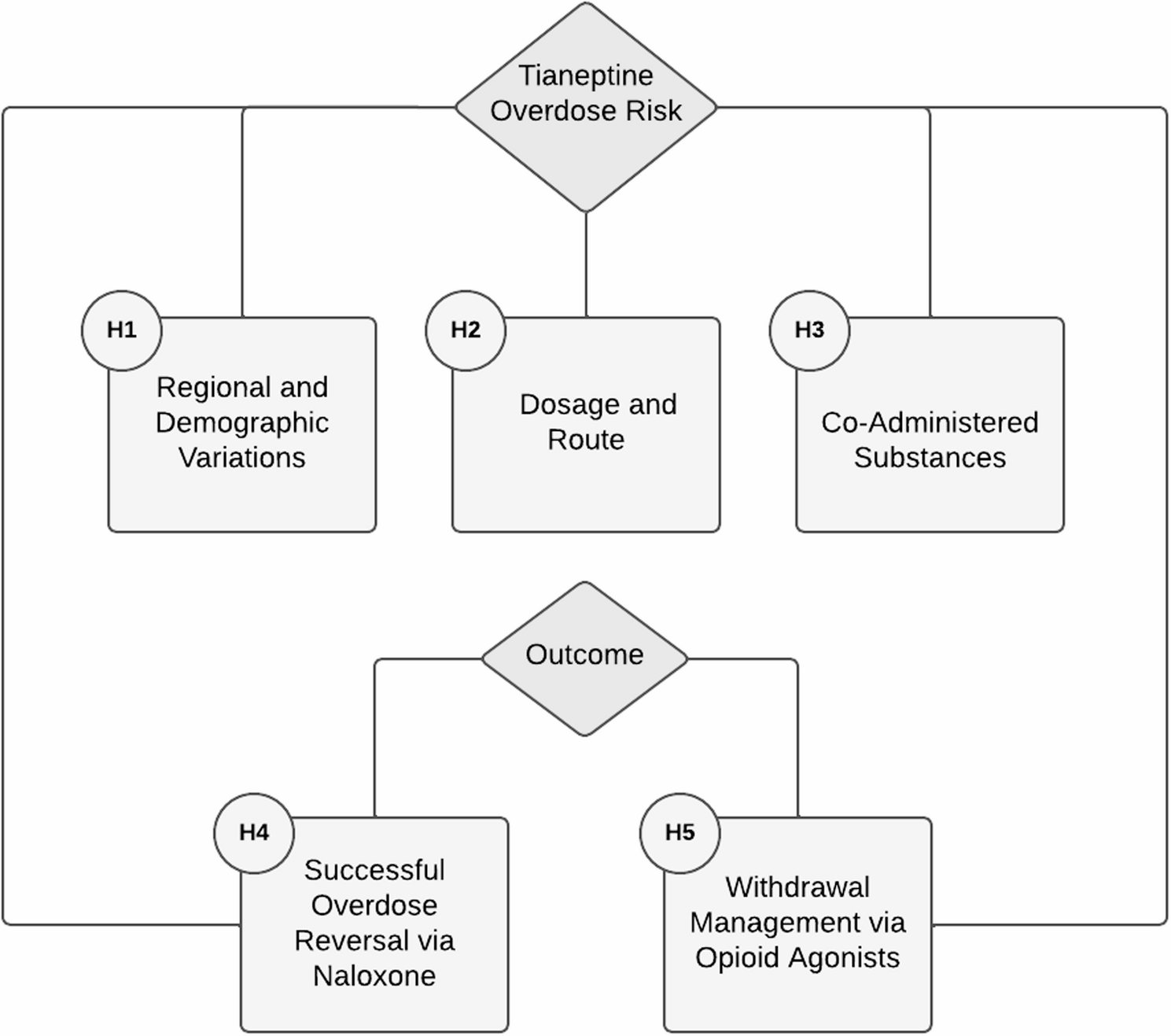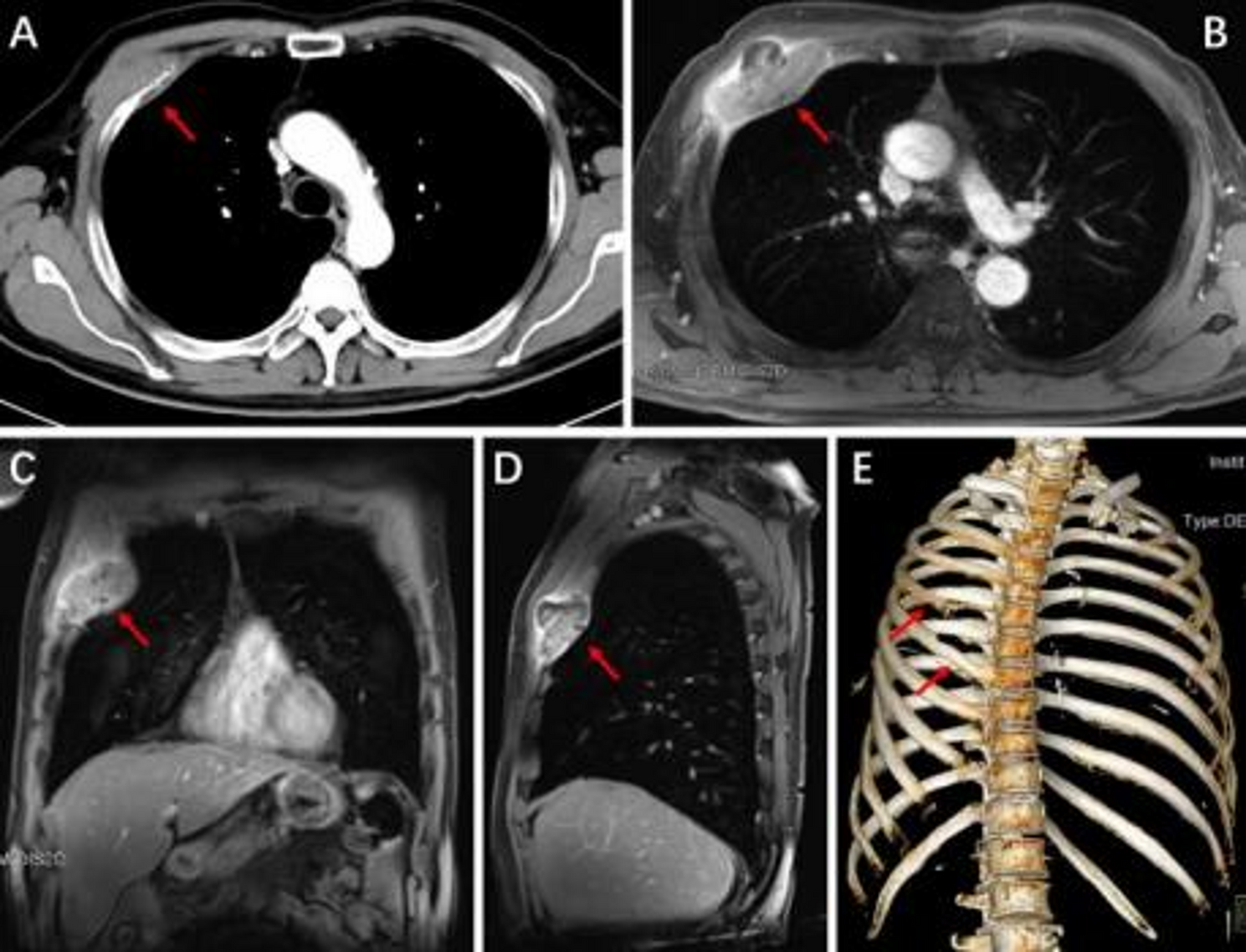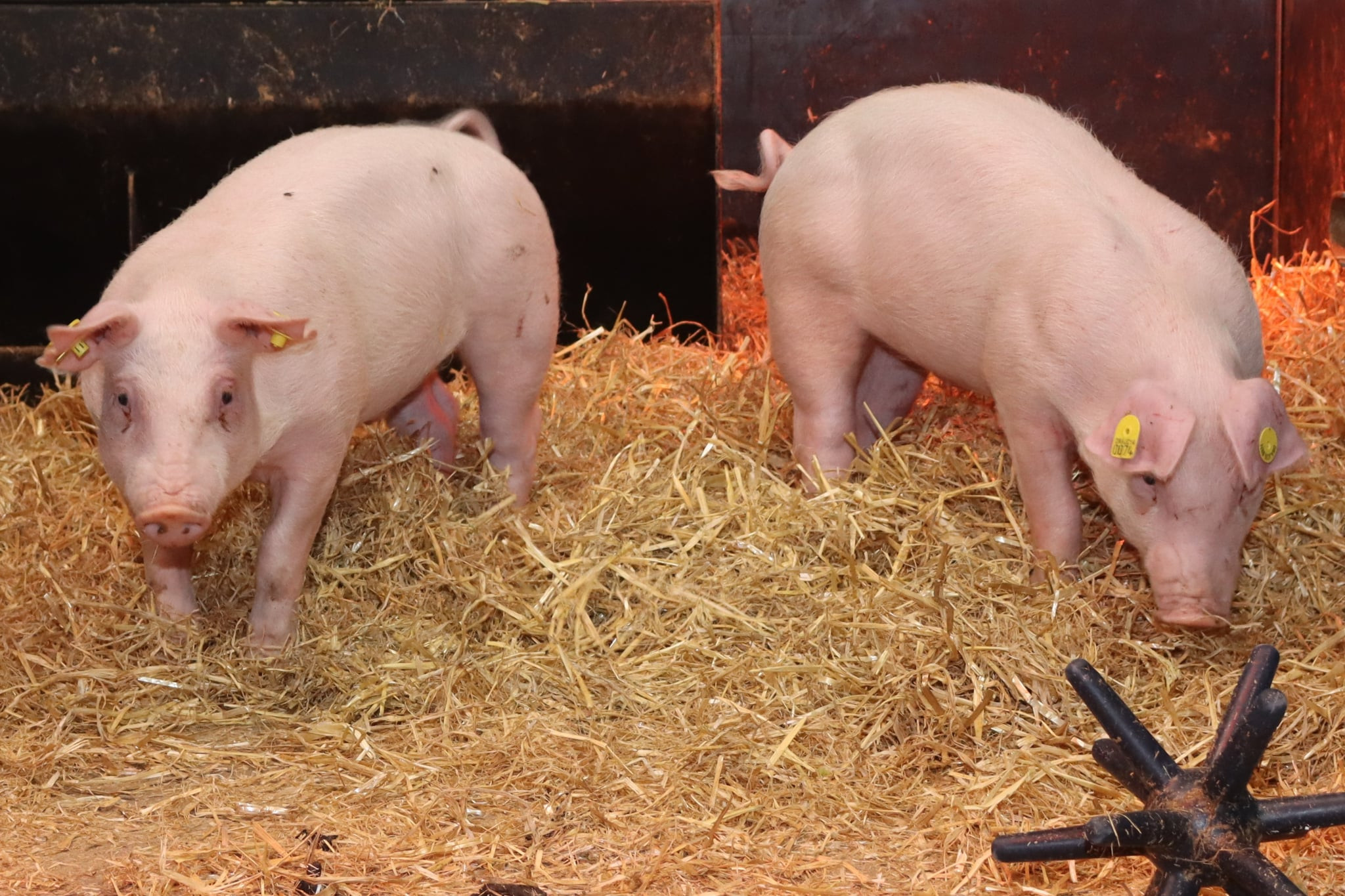Donald Trump has announced an immediate end to “all trade negotiations” with Canada over a television advertisement opposing US tariffs that quoted the former US president Ronald Reagan.
The ad, which was paid for by the government of the…

Donald Trump has announced an immediate end to “all trade negotiations” with Canada over a television advertisement opposing US tariffs that quoted the former US president Ronald Reagan.
The ad, which was paid for by the government of the…

Australia may be cruising through this year’s Women’s ODI World Cup, but it seems their toughest opponent so far wasn’t England or India, it was a rat.
Cricketers Kim Garth and Ashleigh Gardner recently shared a bizarre…

Tianeptine occupies a unique and controversial space in psychopharmacology. Unlike traditional opioids, it has a long history of medical use as an antidepressant in Europe, Asia, and South America under professional supervision [6]. Its mu-opioid…

A fresh consultation has been launched into proposals for what, if approved, would be one of the UK’s largest solar energy schemes.
Energy developer Island Green Power wants to build the 500MW Light Valley Solar project, consisting of seven solar farms on a 2,520 acre (1,020 hectare) site, between York and Selby.
Annette Lardeur, senior project development manager, said this third consultation concerned changes to the plans which were “minor in nature” and would “improve safety and access”.
However, Louise Billingham, from campaign group Rooftops Not Countryside, said its members remained opposed to the plans due to the site’s “vast scale and inappropriate placement”.
Further land on the development would be used for underground cabling to connect the sites to the national grid at Monk Fryston substation, meanwhile a 500MW battery energy storage system (BESS) was also proposed.
Due to the size of the proposed development, which would be located between the villages of Escrick, Monk Fryston, Hambleton, Chapel Haddlesey and South Milford, the Light Valley Solar scheme has been declared a Nationally Significant Infrastructure Project.
That means planning permission will be decided by the national Planning Inspectorate, rather than North Yorkshire Council.
According to the Local Democracy Reporting Service, Ms Lardeur said she wanted to “encourage people to share their views” as part of the new consultation.
“The changes we are consulting on are minor in nature and have been introduced to improve safety and access if the scheme is consented,” she explained.
“As well as this, they aim to reduce the amount of construction traffic passing through villages. I encourage people to share their views.”
Ms Billingham said the campaign group, which had collected nearly 3,000 signatures against the plans, said if the solar farm went ahead, “our countryside will no longer be countryside, it will be a vast industrial estate”.
“This impromptu round of consultation is for Light Valley Solar to make changes that will remove established hedgerows, trees and nature and also build lay-bys and roads,” she said.
“They plan to build one million 4m high solar panels, numerous substations and BESS sites, as well as cable corridors, high-security fencing and CCTV across 13 miles of countryside between Monk Fryston and Escrick.”
The group had so far raised at least £2,000 through crowdfunding for the campaign against the plans, which would pay for banners and leaflets to raise awareness of the proposed solar farm, Ms Billingham added.
If approved, Light Valley would be bigger than what is currently the largest operational solar scheme, at Cleave Hill in Kent.
The scheme would provide enough power for 115,000 homes a year, according to Island Green Power.

This case presents a rare instance of a solitary right chest wall squamous cell carcinoma occurring 21 months after the resection of a left non-small cell lung cancer (NSCLC) of the same histologic type. A key consideration in this case is…

“They weren’t buddies,” author El-Hai tells the BBC. “But they formed a connection, and Kelley recognised that they shared certain personality traits.” As well as acknowledging Göring’s charm and intelligence, the doctor noted his drive, his…

The Royal Family’s official Instagram account has just released a video showcasing clips from King Charles’ visit to the Holy See in Vatican City.
Clips of the…

Researchers from the UK and Germany have announced to have developed pigs that are resistant to Classical Swine Fever.
The work was carried out by a team from The Roslin…

They look like small, flowers, curling and unfolding with changes around…
